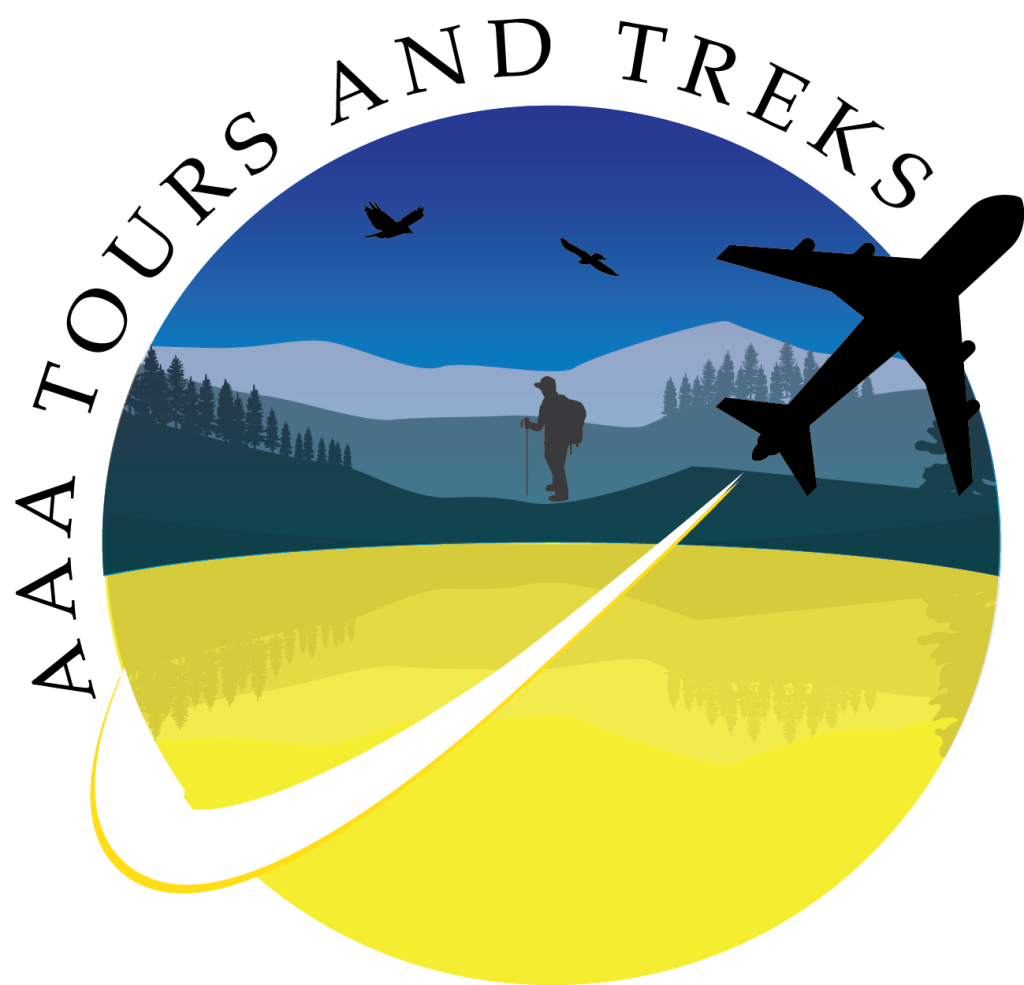Thimphu Drubchoe and Thimphu Tsechu offer travelers a unique opportunity to dive deep into Bhutan’s rich spiritual and cultural heritage. These festivals are not just spectacles; they are windows into the soul of a nation where tradition and spirituality are woven into the very fabric of everyday life. So, if you’re seeking a truly immersive cultural experience, consider planning your visit to Bhutan around these two remarkable festivals. Your journey will be enriched by the sights, sounds, and spiritual energy that permeate the Land of the Thunder Dragon.
Thimphu Drubchoe: A Prelude to Bhutan’s Grandest Festival
Thimphu Drubchoe is a sacred and intimate religious festival that precedes the grand Thimphu Tsechu. Held at the Tashichho Dzong, the spiritual and administrative center of Bhutan, this festival typically takes place in September or October, depending on the lunar calendar.
- The Spiritual Significance: Thimphu Drubchoe is celebrated to commemorate the eight manifestations of Guru Padmasambhava, the “Second Buddha” who played a pivotal role in bringing Buddhism to Bhutan. The festival is a powerful display of devotion and spirituality.
- Cham Dances: The highlight of Thimphu Drubchoe is the mesmerizing Cham dances performed by the monks. These sacred dances, characterized by elaborate masks and colorful costumes, are believed to purify the souls of both the performers and the audience.
- Deep Cultural Connection: Attending Thimphu Drubchoe provides a rare opportunity to witness Bhutanese culture in its most authentic form. The intimate setting allows travelers to immerse themselves in the spiritual atmosphere and interact with locals who take immense pride in their heritage.
Thimphu Tsechu: Bhutan’s Grandest Festival Extravaganza
Following Thimphu Drubchoe, the stage is set for Bhutan’s most spectacular festival – Thimphu Tsechu. Tsechus are annual religious festivals celebrated across Bhutan, but the Thimphu Tsechu is undoubtedly the grandest of them all.
- The Timing: Thimphu Tsechu typically takes place in late September and early October. Travelers planning a visit to Bhutan during this time are in for a treat.
- Masked Dances Galore: Just like Thimphu Drubchoe, Thimphu Tsechu features a series of colorful and symbolic Cham dances. The intricate masks worn by the dancers represent various deities, demons, and animals, each with its unique significance.
- Unveiling the Thongdrel: One of the most highly anticipated moments during Thimphu Tsechu is the unfurling of the giant thongdrel, a sacred tapestry that depicts Guru Padmasambhava. The sight of this enormous artwork is believed to cleanse the sins of those who behold it.
- Cultural Pageantry: Beyond the religious rituals, Thimphu Tsechu is a cultural extravaganza. Locals adorn their finest attire, and the festival grounds come alive with food stalls, traditional games, and vibrant marketplaces.



